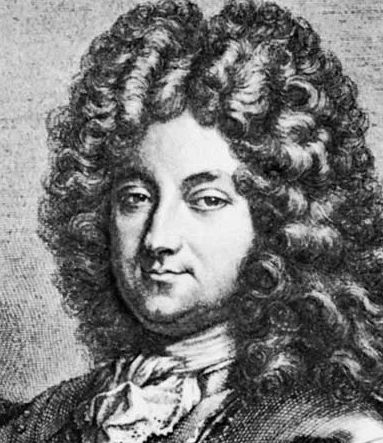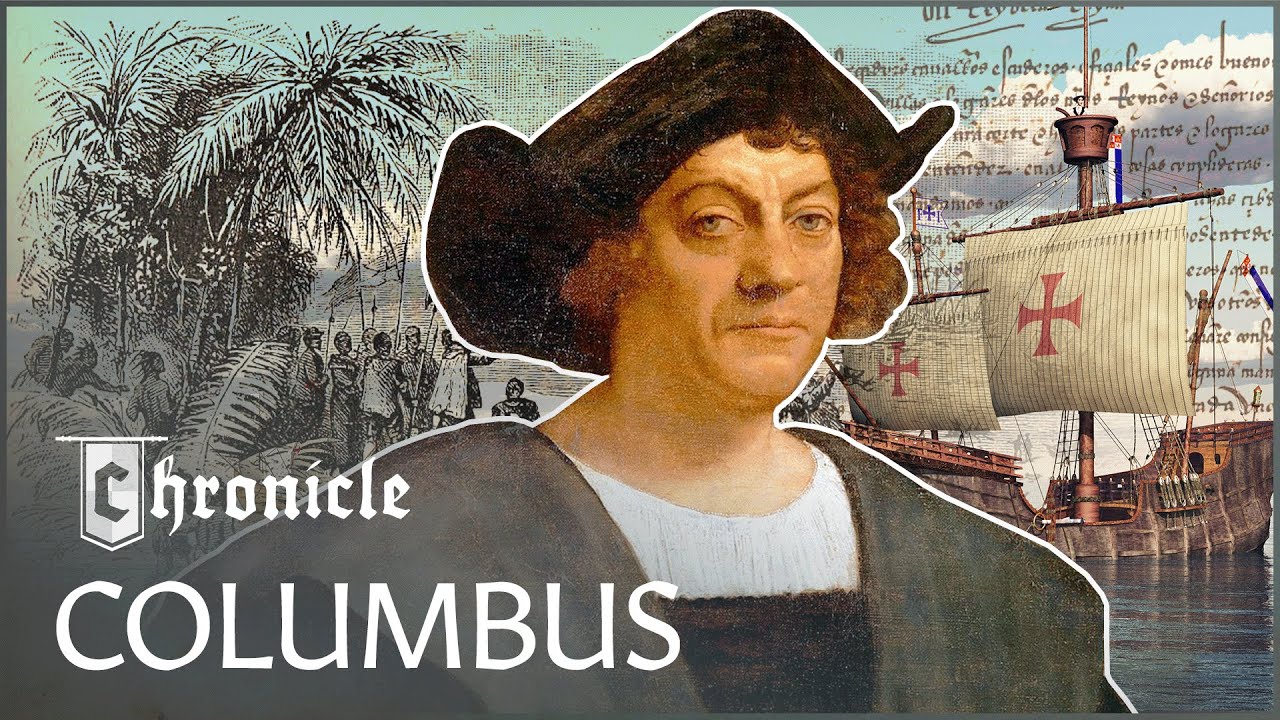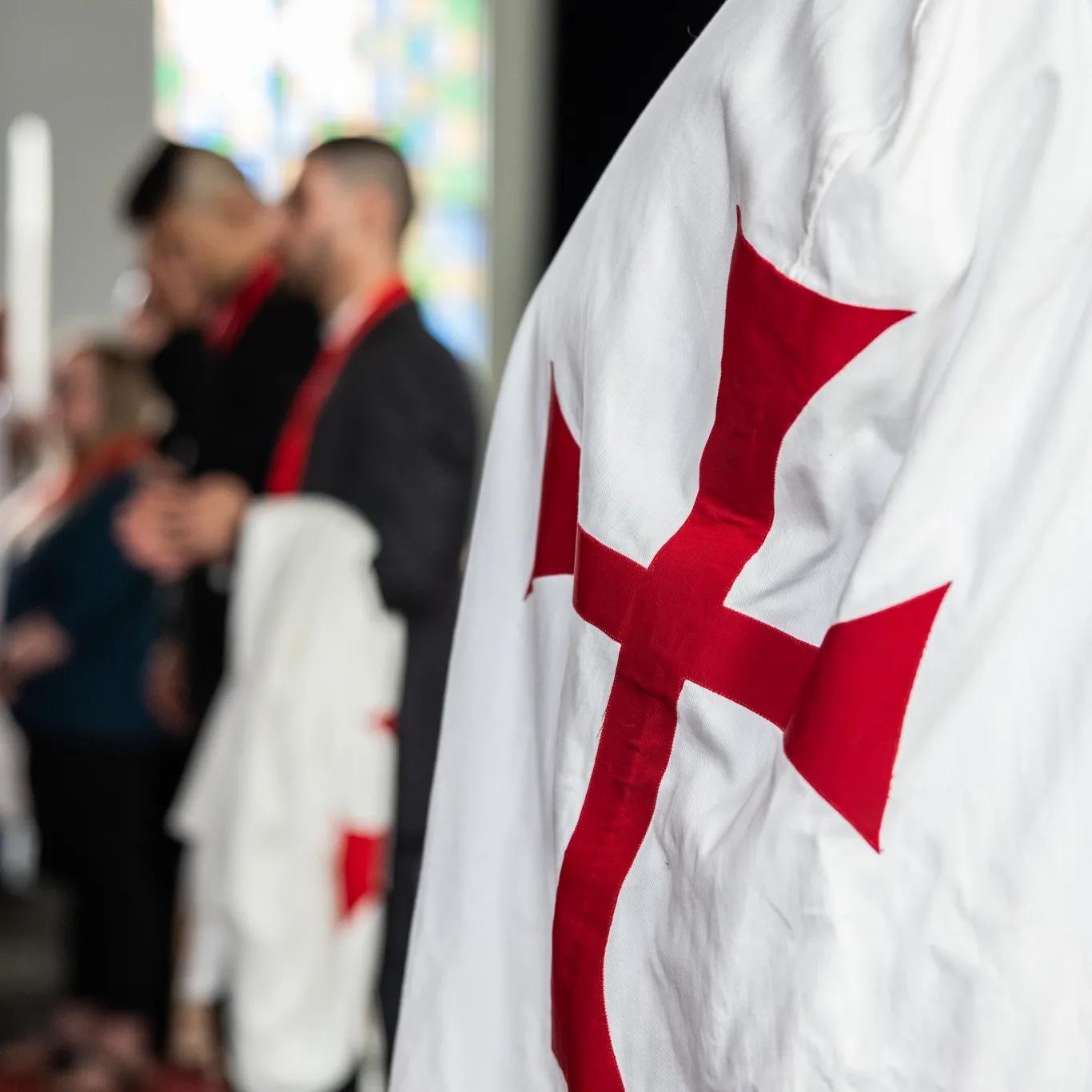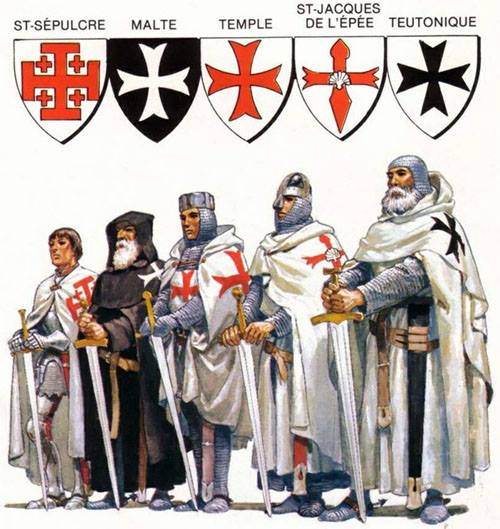In the annals of history, certain tales emerge that captivate the imagination and blur the lines between reality and legend. One such story is the reconstitution of the Order of the Temple in 1705 by Philippe II, Duke of Orleans. This enigmatic event not only breathed new life into an ancient order but also added a fascinating chapter to the already intriguing narrative of the Knights Templar. The Knights Templar, founded in the early 12th century, became one of the most powerful and wealthy Christian military orders during the medieval period. However, their meteoric rise was followed by a swift fall. In 1312, Pope Clement V disbanded the order under pressure from King Philip IV of France, and many Templars faced persecution.
Did the Templars survive after 1312? Simply put, yes, they did, in Portugal under the name of the Order of Christ. But in France, the Order continued underground through the transfer of the Mastership of the Order from Jacques de Molay to Johannes Marcus Larmenius a.k.a Fr. Jean-Marc Larmenius. Fr. Jean-Marc Larmenius then continued an unbroken line of succession of the Orders Masters in a document that came to be known as the Larmenius Charter. The Order only came into a semi-public view in Versailles, in 1705. It was at that time that a Convent General of the Order elected Philippe, Duke of Orleans, later Regent of France, to the Grand Mastership of the Order, after the death of the Duke of Duras, Phillippe II’s predecessor as Master of the Temple. It was during this time, after his election, that the Grand Master of the Order, H.E Phillippe II, Duke of Orleans, took a bold step to somewhat bring out into the open, the fabled Order of the Temple.
During his tenure, the Duke of Orleans is said to have dispatched two envoys to the Order of Christ in Portugal, seeking fraternal recognition. However, King John V of Portugal made an inquiry through his Ambassador in Paris, Dom Luiz da Cunha, who after consulting with the Duke of Elbouef, sent back to Portugal an unfavourable report. The exact nature and contents of the report are unknown as it wasn’t publicly reported or recorded, but the King ordered the arrest of the French Templars. One is said to have escaped to Gilbatrar, the other was exiled to Angola in Africa, where he died. As a Templar that belongs to the Portuguese Diaspora and with having a priveldged education on the subject, I can only assume that the reason being that this happened was due to the fact that Portugal saw any Templar outside of Portugal after the year 1312 to be defectors and betrayers of the Order, but this is only just an educated assumption of mine. It is a well known fact that (the King of) Portugal had ordered all Templars to Portugal after their persecution in France in 1312, and once they were reconstituted as the Order of Christ in 1319, King Denis even gave a little more time for all Templars to come home to Portugal.
But the tables do turn in the future with the French Order of the Temple and the Portuguese Order of Christ in an unexpected twist of events. In the mid 19th century, If it weren’t for the Order of the Temple in France, the Portuguese Royal family would’ve found themselves in a hot mess, and the Order of Christ along with them. But of course, the Templars had other plans, and instead, chose to save and protect the Portguese Royal Family and the Order of Christ.
(But that’s a glorious Templar story I’m going to have to save for another time.)
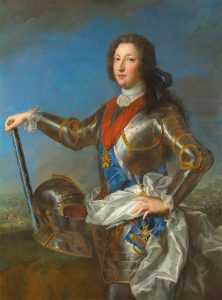 Philippe II, Duke of Orleans
Philippe II, Duke of Orleans
Now in the 18th century, back in France, the reconstituted Order of the Temple under Philippe II took on a different character. It evolved into a society that embraced the ideals of neo-nobility, chivalry, philanthropy, and intellectual pursuits. The knights of the new Templar order were not bound by the military obligations of their predecessors but instead dedicated themselves to promoting knowledge, heraldry, political science, economics, business & enterprise, culture, and charitable endeavors, among other subjects of knowledge and wisdom that is still kept within Templar circles to this day.
The reconstitution of the Order of the Temple by Philippe II in 1705 left an indelible mark on history. The semi-public ressurection of the Order of the Temple in 1705 by Philippe II, Duke of Orleans, stands as a testament to the enduring allure of the Knights Templar, which later came to be known as the Order of the Temple (L’Ordre du Temple) in the 18th century and onwards.
Duke of Orleans France King Denis King John V Knights Templar L'Ordre Du Temple Larmenius Charter Order of Christ OSMTH OSMTJ Phillipe II Portugal Templars
Last modified: November 21, 2023

